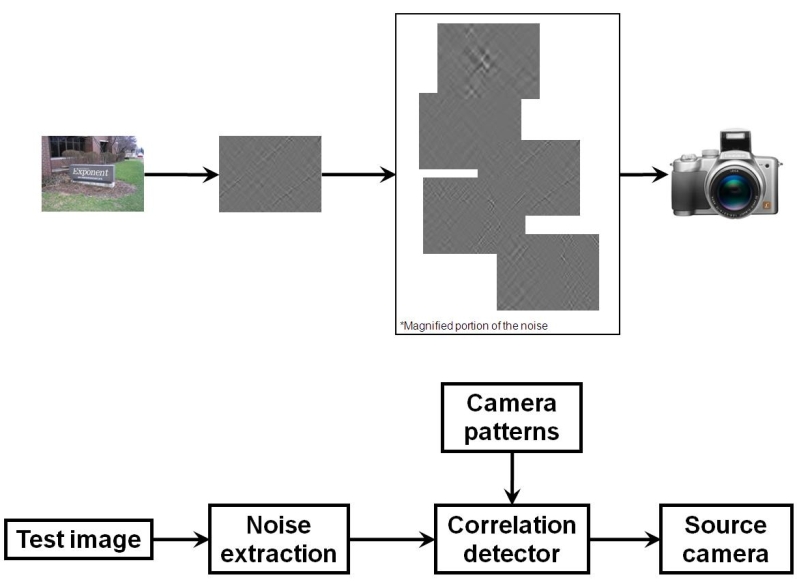Figure 4: Source-camera identification using a correlation-based detection scheme
Figure 4: Source-camera identification using a correlation-based detection scheme

This figure shows steps involved in source-camera identification from an unknown image. The first step is to estimate the sensor noise in the test image by using the same denoising filter used in the training phase, depicted in the figure with an image taken outside an office building of a stone sign that reads “Exponent.” An arrow points to the right and leads to the second step, depicted by a single, shaded rectangle representing the extracted noise. This noise pattern is correlated with the camera reference patterns obtained in the training step, which are represented by five shaded rectangles with a magnified portion of the noise as depicted in Figure 3. Text blocks under the images read “camera patterns” and “correlation detector.” The camera corresponding to the reference pattern with the highest correlation is chosen as the source camera. This final step is represented by an image of a camera.
01.03.11
| FSC Links |
|
- Table of Contents |

